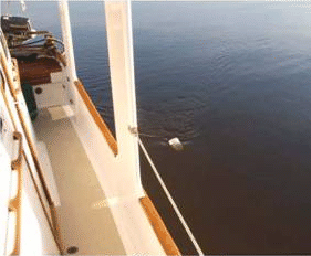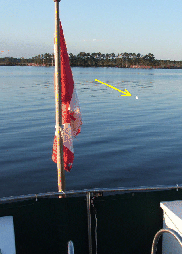"Since 90% or more of the vessels anchoring out don't use a float and rarely do boats ever seem to get their anchors tangled up together or have another vessel swing into them."
That's fine in a wide open anchorage , but in the Bahamas many anchorages are tight , some basically on the side of a tiny river.
In the North East same problem not every anchorage is grand , and the few that are will have town moorings or locals with a dozen trying to make a business.
Letting other folk know just where your anchor is set seems to help more than it hurts.
And of course the ability to tug it out if fouled PRICELESS , even tho its free.



